The weather is getting colder now in Japan. Among the various amazing traditional food of Japan, what do you think is the most suitable for a cold winter? If you are still hesitating, let us recommend nabe (鍋) – the best dish for a cozy get together.
What is Nabe?
Nabe (鍋) is actually used to refer hotpot. There are so many types of Japanese-style hotpot so it may have some differences with hotpot from your country. One interesting fact about nabe is that if you mention nabe (鍋) to a Japanese person without any specific context, they might misudertand and think of the cooking pot. Therefore, next time you want to talk about this dish, make sure to say “Nabe ryori” (鍋料理) – nabe dish so that there is no awkward misunderstanding.
History of Japanese hotpot
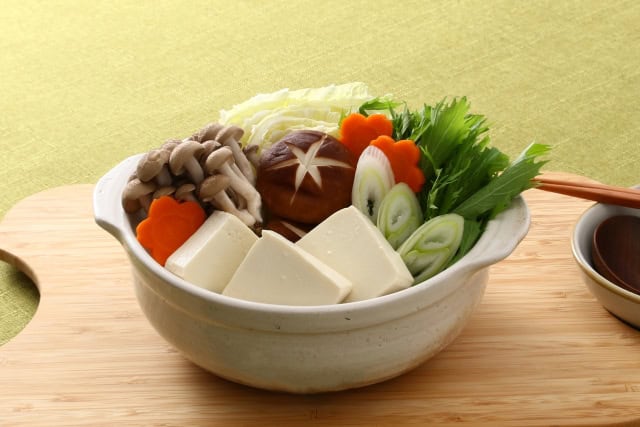
The origin of nabe until Edo period
The origin of hot pot is quite a long time ago. During the Jomon and Yayoi period, there used to be a custom of boiling food over the fire using the earthenware pot. However, these boiled dishes were served individually.
In the Edo period (1603 – 1868), a small hotpot dish called “konabe style” appeared. As the population increased, restaurants specializing in hot pot began to appear and become popular. At that time, eating meat was illegal. However, there were some places selling botan nabe (wild boar meat hotpot), momiji nabe (deer hotpot) as kusuri-gui a way of eating medicinal flesh of wild animals.
In 1801, “Komagata Dozeu”, which is famous for dojo nabe (loach hotpot) opened. In 1830, “Isegen”, which is famous for anko nabe (monkfish hotpot) and still remain its popularity up until today.
The origin of oden
Oden (おでん), a popular hot pot dish first appeared in the Edo period. Originally, there was a dish called “dengaku” (田楽) in which tofu was skewered and grilled with sweet miso. Gradually, people remove the skewers of tofu and add konnyaku (こんにゃく) and taro to make the original dengaku to become “oden” as we know today.
Nabe during the Meiji kaika
After the Meiji Restoration, Western civilization entered Japan, the prohibition of meat-eating by the precepts of Buddhism gradually disappeared. Therefore, restaurants that served gyunabe (牛鍋), beef hot pot became popular among the common across the country. During that time, Yokohama was the place of gyunabe boom and up until now, Yokohama gyunabe has been a specialty.
Due to the influence of Western culture, the dining table of Japanese households have also shown some changes. Since ancient times, Japanese people had a custom of eating alone on a seperate table called “Meimeizen”. However, the Western culture has changed this custom from a single-person hotpot to a family-wide one big hotpot.
Japanese nabe ranking
There are so many types of Japanese-style hotpot. However, do you know what is the most popular among Japanese people. Let’s find out top 5 favourite hotpot in Japan!
Rank 1: Kasane Nabe (かさね鍋)
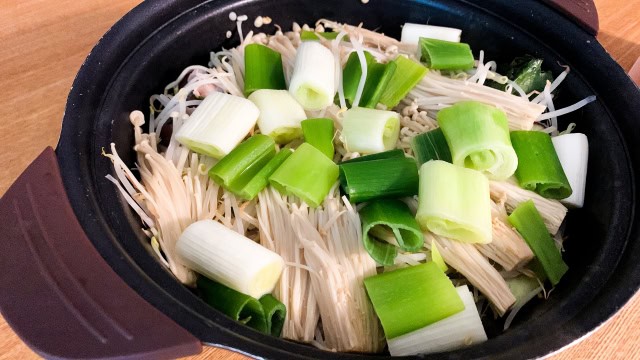
Kasane Nabe (é‡ãé‹) (or layered hot pot) is the most popular hotpot in Japan. The original version of Kasane-nabe consists of cabbages and pork. With the very simple ingredients, it is not difficult at all for you to make your own Kasane hotpot to enjoy.
Rank 2: Oden (おでん)

Oden is Japanese traditional hotpot that is not only popular in Japan but also worldwide. In an oden dish, you will find boiled eggs, white radish (or daikon å¤§æ ¹), konjac, fishcakes such as chikuwa. Oden’s broth usually have a light and soy-flavored taste. Depending on regions, oden can differ in taste and cooking style. Therefore, next time you go to Japan, do not be surprise if the oden you eat is different from the previous one that you had tried. It might be because you have ordered another style of oden!
If you want the detailed information on Oden, click here!
Rank 3: Motsu-nabe (もつ鍋)
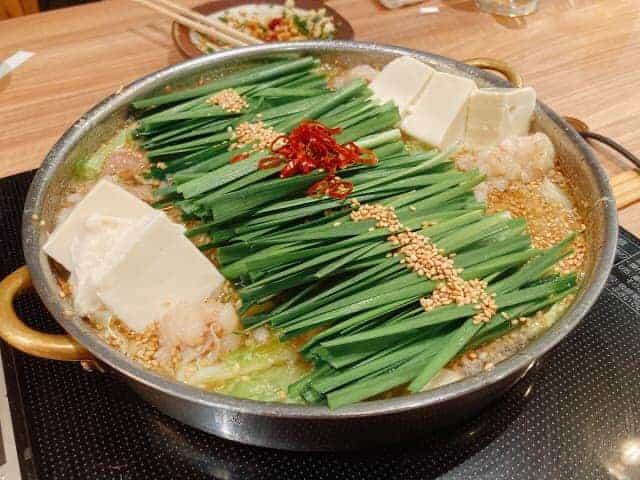
Another choice for your lists of hotpot, motsunabe! Motsunabe is a nationwide nabe that is made mostly from beef. The broth of motsunabe consists of miso or soy sauce, garlic and chilli pepper. You can also put into this hotpot champon noodles together with beef. Originally, motsu-nabe is a specialty of Fukuoka. However, with the popularity of it thanks to mass media, this dish have become a popular dish all around Japan and you can easily find a restaurant serving motsu-nabe everywhere.
Click here for the best recipe for Motsu-nabe!
Rank 4: Kimchi nabe (キムチ鍋)
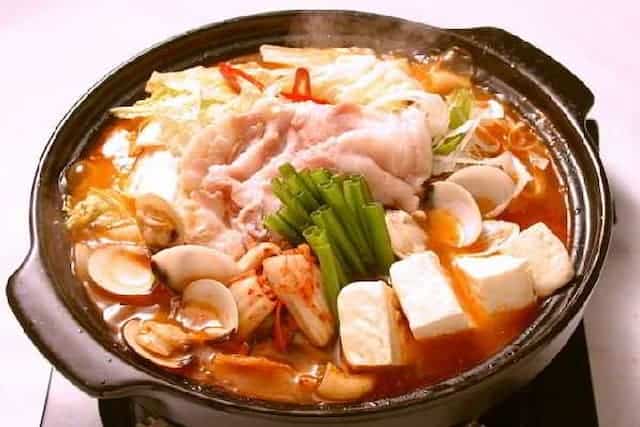
In Japan, kimchi nabe is very popular during the cold winter. The original version of kimchi nabe is Korean hotpot Kimchi Jjigae. Japanese people love this type of hotpot so much that they have their own version of Kimchi Jjigae. Because of the ingredients kimchi, the base soup of this hotpot is a little bit spicy but still suitable for a family or friend gathering. One of the reason for its popularity is definitely its easy cooking method. With the soup broth, you can put everything you want into the hotpot, meat (such as beef, pork, etc) and vegetables (such as spinach, different kinds of kinoko (or mushrooms), etc). At the end of the meal, you can also put the noodles into the soup so not to waste any amazing soup broth.
Rank 5: Chanko-nabe (ちゃんこ鍋)
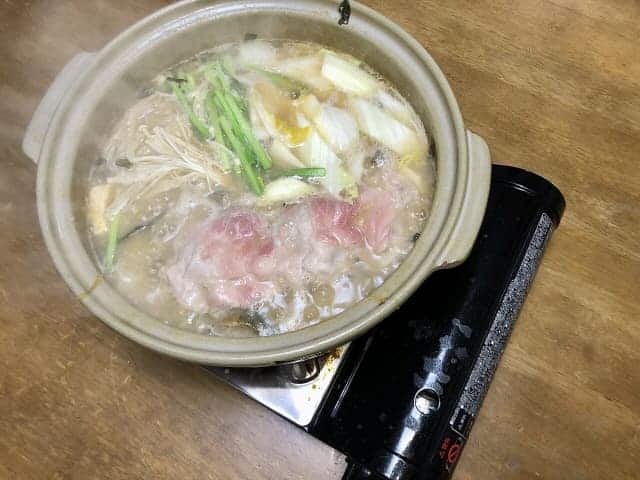
Chanko nabe (ちゃんこ鍋) is a famous dish in Japan which is cooked and eaten mostly by sumo wrestlers. This dish is thought to be rich in calories so it is good for sumo wrestlers to easily gain weight. A rikishi may eat up to ten bowls of this chanko-nabe broth with rice or noodles. In the table of rikishi, chanko-nabe is usually filled with vegetables and protein such as chicken, tofu, etc.
Want to find more information about Chanko-nabe? Click here!
Popular regional nabe
As one of the most common dishes on Japanese table, it is not surprising at all that there are some popular regional hotpots in Japan. Are you wondering how people in specific places of Japan enjoy the nabe in their very unique style? Come on and find out!
Hokkaido – Ishikari nabe (石狩鍋)
The name Ishikari comes from the Ishikari River, one of the largest river in Hokkaido where salmon fishing used to prosper. In another word, salmon is the food culture of Hokkaido. Therefore, there is no doubt that they have their own style of salmon hotpot. With Ishikari nabe, you will have a chance to enjoy the kombu dashi broth, seasoned with miso and Japanese pepper. The main ingredients are salmon fillets and vegetables such as cabbage and onions.
If you are a fan of this Hokkaido hotpot, click here for more information.
Akita – Kiritanpo-nabe (きりたんぽ鍋)
In Akita, local people have a specialty with the name “tanpo”, made by mashing rice and attach it to a wooden stick. The tanpo is then simmered with Hinai chicken, green onions, mushrooms in a chicken broth.
Click here to find some good Kiritanpo restaurants!
Tokyo – Sukiyaki (すきやき)
There are two main types of sukiyaki:Tokyo-style sukiyaki and Kansai-style. With the local dish in Tokyo, people often add beef, green onions, Chinese cabbage, shiitake mushrooms, grilled tofu, etc into the soup broth.
Can you distinguish between Kanto-style and Kansai-style Sukiyaki? Click here to find more about Sukiyaki.
Yamanashi – Houtou (ほうとう)
Mentioning Yamanashi prefecture, houtou is definitely one of the most famous local dish there. The special recipe for its popularity may be because of the sweetness of the pumpkin melting into the Koshu miso, giving the soup base a mellow flavor. Thick noodles made from wheat flour and other vegetables are also stewed and added into the pot.
Access here to find more information about Yamanashi’s Houtou.
Fukui – Kanichiri (かにちり)
In Fukui, there is a popular local hotpot called “kani chiri”. “Kani” is Japanese word of “crab”. As the name of it, the soup broth contains the sweetness of light kombu dashi soup with crabs and vegetables.
Osaka – Harihari-nabe (はりはり鍋)
A taste of the common people that has become culture in Osaka since the Edo period. The soup base is kelp and bonito and then whale meat, mizuna (Kyoto greens) is quickly added to finish the dish. The name “harihari” is said to be derived from the crisp texture of mizuna.
Yamaguchi – Fuguchiri (ふぐちり)
Yamaguchi is long known as the land of tiger puffer fish (in Japanese it is “fugu”). With the basic broth of kombu dashi, the special things in this dish are the meat of fugu simmered into the soup base. One of the interesting fact about this local nabe is that in Yamaguchi, “Fuguchiri” is also known as “fuku-chiri” with “fuku” means “fortune”. Therefore, a lot of people believe that this type of fish as well as this dish can brings people good fortune.
Fukuoka – Mizutaki (水炊き)
Mizutaki is the dish in which chicken and vegetables are simmered in a chicken soup base and then dipped in ponzu sauce. Different to the normal way of eating, the local usually drink the soup first to enjoy the condensed flavor of the chicken and then enjoy the chicken meat and vegetables.
Click here to get more detailed information about Mizutaki!
How to make Nabe (なべ)?
There are so many types of hotpot. However, today we want to introduce the cooking method of yosenabe (よせなべ). It is a simple yet delicious hotpot with ingredients of chicken, seafood, tofu and vegetables in a favorful broth. How about trying this new recipe for a change instead of your normal hotpot!?
Ingredients
| Ingredients | |
| Cod (or white fish) | 3 pieces |
| Chicken thigh | 240g |
| Grilled tofu | 1 |
| Chinese cabbage | 1/4 heads |
| Garland chrysanthemum | 1/2 bundles |
| Carrot | 1/2 |
| Green onion | |
| Enoki mushroom | 1 pack |
| Shiitake mushroom | 4 sheets |
| Soup base’s ingredients: | |
| Water | 4 cups |
| Mirin | 4 tbsp |
| Sake | 4 tbsp |
| Shoyu | 3 tbsp |
| Hondashi | 1 tsp |
How to make Yose-nabe (寄せ鍋)?
- Cut the chicken into bite-sized pieces.
- Peel the prawns and leave the tail of shrimps.
- Cut tofu into bite-sizes pieces.
- Cut Chinese cabbage into small pieces and the garland chrysanthemum in half lengthwise.
- Cut the carrots into thin round slices, green onions into 1 cm slices.
- Remove the roots of enoki mushrooms and trim the stems from the shiitake mushrooms.
In a hotpot, broth is definitely the soul of the dish. Therefore, this is the most important step in making nabe. However, the cooking step is not that difficult if you prepare all the ingredients carefully. All you need to do is add all the needed condiments for soup base into a big pot and boil under medium heat.
When the soup base is ready, add the prepared meat and vegetables in step 1 and 2 into the pot. Finally, put the nabe in the middle of your dinner table and enjoy the meal with your friends and family!
Tips for a delicious hotpot!
It is really easy to make a hotpot dish by simply cutting ingredients and adding to the pot. However, do you know that some small tips when cooking can up your dish to a whole new level. Prepare yourself a note and make sure not to forget the following details if you want to taste the most amazing nabe!
REMEMBER THE INGREDIENTS’ ORDER!
The basic order in which ingredients are put into the pot is to first put the ones that are hard to cooking and then the easier ones to cook. For example, the right order is always from fish or bone-in chicken, ingredients that are used in the broth so that the umami of fish and chicken can spreads throughout the soup base. Next, add root vegetables such as carrots, core of Chinese cabbage, tofu and shiitake mushroom. Otherwise, beef, pork, shellfish or shrimp, etc will become hard if overcooked. So the perfect timing to put it into that hotpot is when the broth is ready. Finally, the very last thing to add is leafy vegetables as if you leave them in the hotpot fo too long, they will loose their flavor and original texture. Therefore, just go through the fire quickly with these types of vegetables before eating.
THE HEAT IS KEY
Together with the ingredients’ order, the temperature of the pot is also really important. When you first bring the broth to a boiling point, you can use the high heat. However, as soon as the broth boils, keep the heat low to medium low during the whole meal. The heat should not be too heavy or too weak as it may affect the texture of meat and vegetables ingredients. Never leave the heat unattended! Even if you are enjoying your nabe, always remember to to check the heat or else you will ruin your own meal.
Restaurants
As one of the most favored dishes in Japan, it is not difficult at all to find a nabe restaurant. However, it would be a great idea to have in hand a list of famous high-quality restaurants that you can enjoy your dishes without wasting anytime or effort.
Hakata Motsuraku
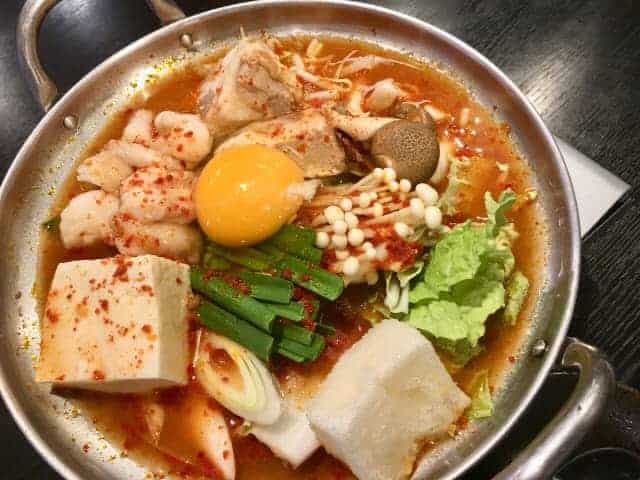
This is the first recommendation, Hakata Motsurak! The Shibuya branch of this restaurant is about a 3-minute walk from the Hachiko exit of JR Shibuya Station. The most recommended menu item at “Hakata Motsuraku Shibuya” is the extravagant “Mentaiko Motsunabe” with plenty of mentaiko!
A special thing of Hakata Motsuraku is that on your birthday, you need to make a reservation in advance. However, you can have mentaiko and mayonnaise decorated with mentaiko and mayonnaise! For those who don’t like sweets or want to make a unique birthday dish, this would be on the top list of your to-do-list on your birthday!
Hotpot and Spice cuisine – Okikawara Shibuya
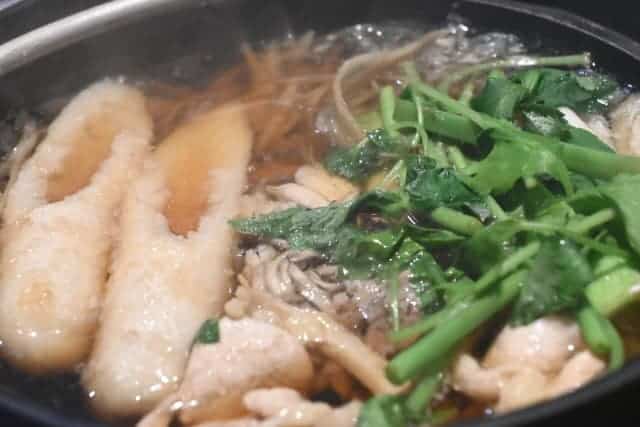
Next, we will introduce you to this restaurant, “Nabe and Spice Cuisine Onikawara Shibuyaâ€, which is about a 5-minute walk from the Hachiko Exit of Shibuya Station. If you can eat a spicy hot pot called “Oni Nabe”, it’s a really popular dish with spicy food enthusiasts! There are 3 types of “Oni Nabe” that you can enjoy at “Onikawara”. A light tomato hot and sour soup, a garlic soup with garlic, and a spicy soup with a strong red chili pepper.
Chanko Tomoegata
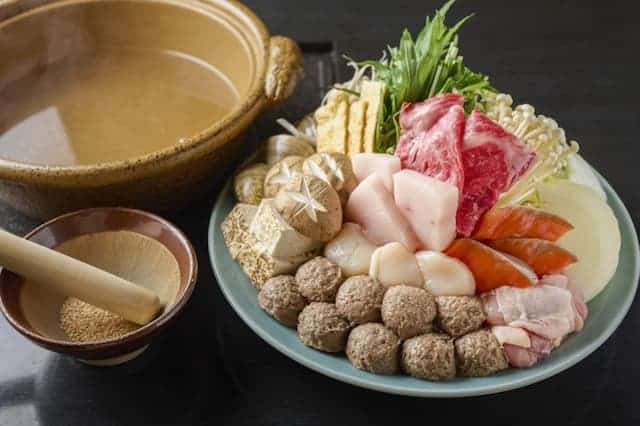
Next on the list is Chanko Tomoegata, which is about a 3-minute walk from Ryogoku Station. This restaurant is a long-established chanko-nabe restaurant where you can enjoy chanko nabe and sukiyaki for your lunchtime!
Takeaway
As one of the most eaten dishes in Japan and around the world, hotpot definitely attracts a lot of lovers with its amazing taste yet simple cooking method. There are so many types of nabe that we can not list all of them. However, in this article, we have introduced some of the outstanding flavor of nabe that is popular in Japan. It is time for you to change the recipe from the normal nabe you often eat to another recommended type of hotpot. Why not!?
If you are interesting in hotpot, how about trying some kinds of Japanese traditional nabe here
Check here for Japanese Nabe Pot Etiquette
Japanese Nabe (Hot Pot) FAQ
What is Nabe?
Nabe refers to Japanese hot pot dishes where diners cook ingredients together in a single pot at the table.
When do people eat it?
Families and friends eat it primarily in winter to stay warm and socialize.
How do I cook it?
You simmer meat, seafood, and vegetables in a flavored broth over a portable gas stove.
What is “Shime”?
Shime is the final course where you add rice or noodles to the leftover flavorful broth.
What is the difference between Sukiyaki and Shabu-shabu?
Sukiyaki uses a sweet soy sauce glaze, while Shabu-shabu uses a light broth for swishing meat.
What is Chanko Nabe?
Sumo wrestlers eat this protein-rich stew daily to build bulk and strength.
Is it sanitary to share?
Diners often use “Toribashi” (special serving chopsticks) to move food from the communal pot to their bowl.
What sauces do I use?
You typically dip cooked ingredients in Ponzu (citrus soy sauce) or Goma-dare (creamy sesame sauce).
Is it healthy?
Yes. It contains plenty of vegetables and boiled meat rather than fried, making it a balanced meal.
Can I eat it alone?
Yes. “Hitori-nabe” (solo hot pot) has become very popular in restaurants and home cooking.
What vegetables are common?
Chefs use Chinese cabbage (Hakusai), leeks (Negi), tofu, and various mushrooms like Shiitake or Enoki.
What is the stove called?
People use a “Cassette Konro” (portable gas stove) to cook the dish directly on the dining table.
Is it expensive?
Prices vary. Home-style Yosenabe is affordable, while premium Wagyu Sukiyaki is expensive.
What is Motsunabe?
It is a rich stew containing beef or pork offal (intestines), cabbage, and garlic chives, famous in Fukuoka.
What is a vegetarian hot pot?
There is yose-nabe, in which vegetables and tofu are simmered in kombu broth, light salt nabe with salt and sake, and creamy sesame soy milk nabe with unadjusted soy milk and white ground sesame.
What are your tips for making pots and pans easy?
The key to making nabe easy is to carefully prepare the ingredients and add them in order, starting with ingredients that are difficult to heat. Prepare more broth and sauce, and use a lid to keep steam from escaping when simmering.
Do I drink the soup?
Generally, yes. You can drink it as soup or save it to cook the “Shime” rice or noodles.






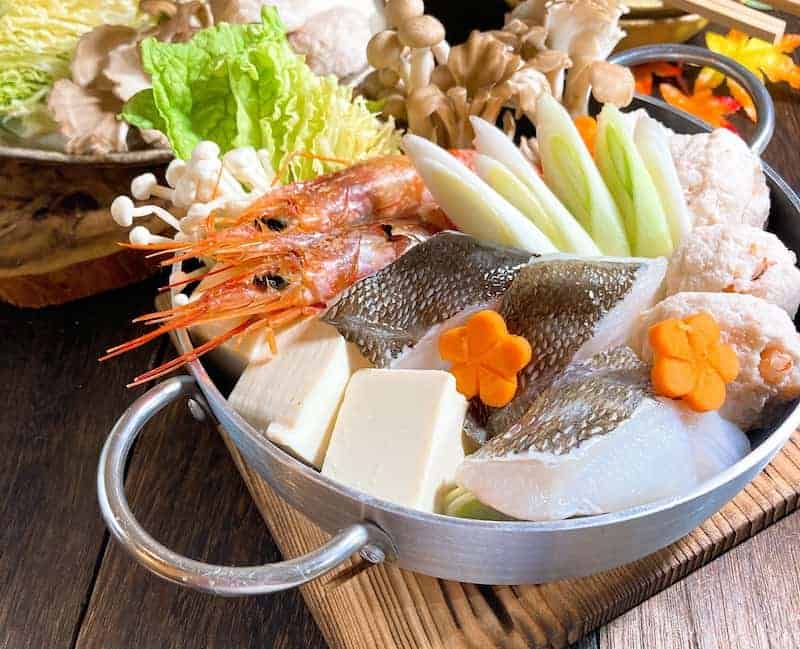
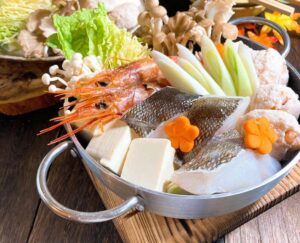
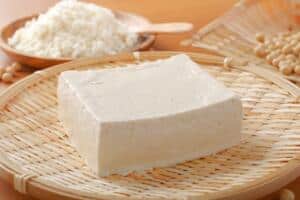
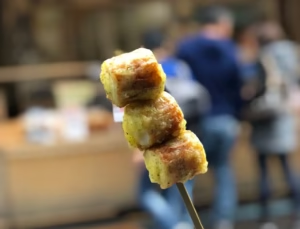
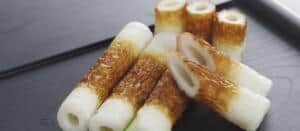

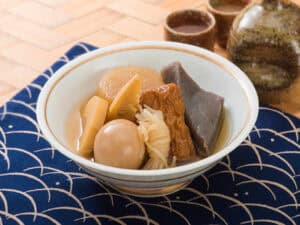
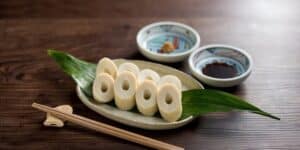
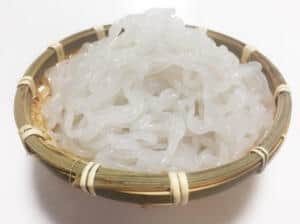
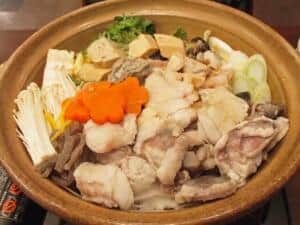
Comments